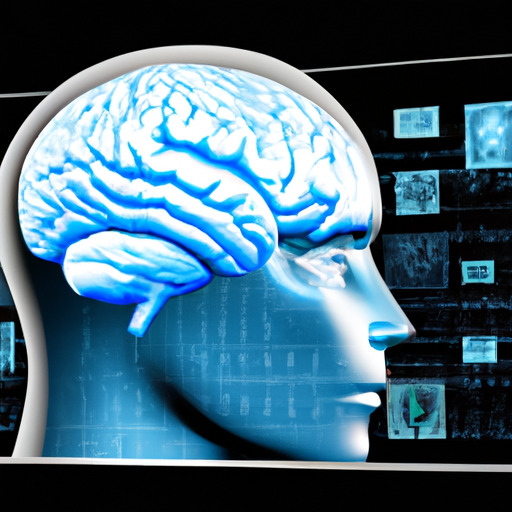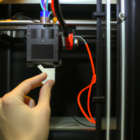In recent years, the concept of brain-computer interfaces (BCIs) has captivated the minds of scientists, technologists, and futurists alike. These groundbreaking systems promise to revolutionize human-computer interaction, enabling direct communication between the brain and machines. In this blog post, we delve into the fundamentals of BCIs, their applications, and the potential they hold for the future.
What are Brain-Computer Interfaces?
Brain-computer interfaces are technologies that establish a direct communication pathway between the brain and external devices. BCIs read neural signals and interpret them to control computers or other devices without the need for traditional input methods like keyboards or mouse devices. By utilizing advanced algorithms and machine learning, BCIs can decode brain activity into commands, making them a pivotal component in fields such as medical rehabilitation and prosthetics.
Applications of BCIs
The applications of brain-computer interfaces are extensive and varied:
- Medical Rehabilitation: BCIs have shown promise in helping patients with neurological impairments, allowing them to control prosthetic limbs or communicate through thought alone.
- Gaming and Virtual Reality: By integrating BCIs with augmented reality systems, users can interact with digital environments using their thoughts, creating immersive gaming experiences.
- Assistive Technology: For individuals with severe physical limitations, BCIs provide new ways to access computers and control devices, improving quality of life.
- Research in Neuroscience: BCIs facilitate deeper understanding of brain functions, opening new avenues for treatments of neurological disorders.
The Future of Brain-Computer Interfaces
As BCI technology continues to evolve, its applications will likely extend into various sectors, including education, communication, and entertainment. Future advancements may lead to:
- Enhanced Cognitive Capabilities: Potential enhancements to memory retention and cognitive processing speed through BCI-driven neural augmentation.
- Streamlined Everyday Tasks: BCIs may enable users to control smart home devices, computers, and vehicles seamlessly with their thoughts.
- Ethical Considerations: As BCIs become more integrated into society, discussions around privacy, security, and the ethical implications of mind-reading technology will be paramount.
Conclusion
Brain-computer interfaces represent a remarkable intersection of neuroscience and engineering, promising to transform how we interact with technology. As we advance into this new era, the potential benefits and challenges associated with BCIs must be addressed to ensure these technologies enhance human capabilities responsibly.
Do you find the potential of brain-computer interfaces as exciting as we do? Share your thoughts and insights in the comments below!




